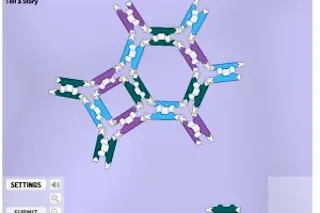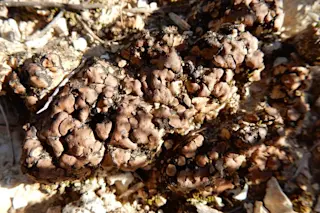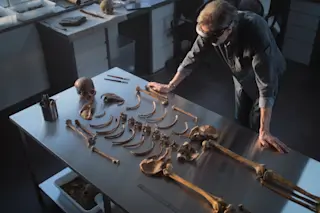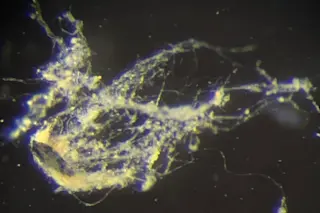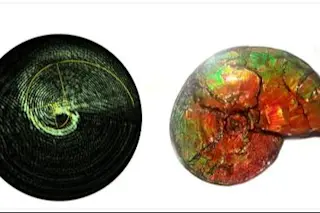Image Credit: Nanocrafter On its surface, it looks like just another science puzzle game. In reality, the game is part of a broader goal to enable non-scientists to contribute to synthetic biology research. ‘It’ is Nanocrafter, a project created by researchers and game developers at the Center for Game Science at the University of Washington. They are the same team behind the citizen science project FoldIt. “Most citizen science games are designed to gather data for a specific research question. Players may need to be good at pattern recognition, abstract reasoning, or other cognitive skills. Our focus at Nanocrafter is different,” says Nanocrafter Project Lead Jonathan Barone. “The project isn’t intended to address any existing research. Rather, we are interested in developing a user community that is familiar enough with the principles and parameters of synthetic biology to generate new ideas, identify new questions and create their own solutions.” Synthetic ...
Nanocrafter: Playing a Game of Synthetic Biology
Explore how the Nanocrafter game fosters synthetic biology research through user creativity and community engagement.
More on Discover
Stay Curious
SubscribeTo The Magazine
Save up to 40% off the cover price when you subscribe to Discover magazine.
Subscribe

